Ones to Watch at Paris Fashion Week for Fall 2022

Anne Isabella Rasmussen’s graphic yet realistic wardrobe; the sexy, colorful and unapologetic world of Nix Lecourt Mansion; Rui Zhou’s expanding vocabulary around her intricate, web-like bodysuits and dresses, and Bas Timmer’s socially driven fashion project meant to look and do good are among the collections to watch in this physical-first edition of Paris Fashion Week.
Anne Isabella
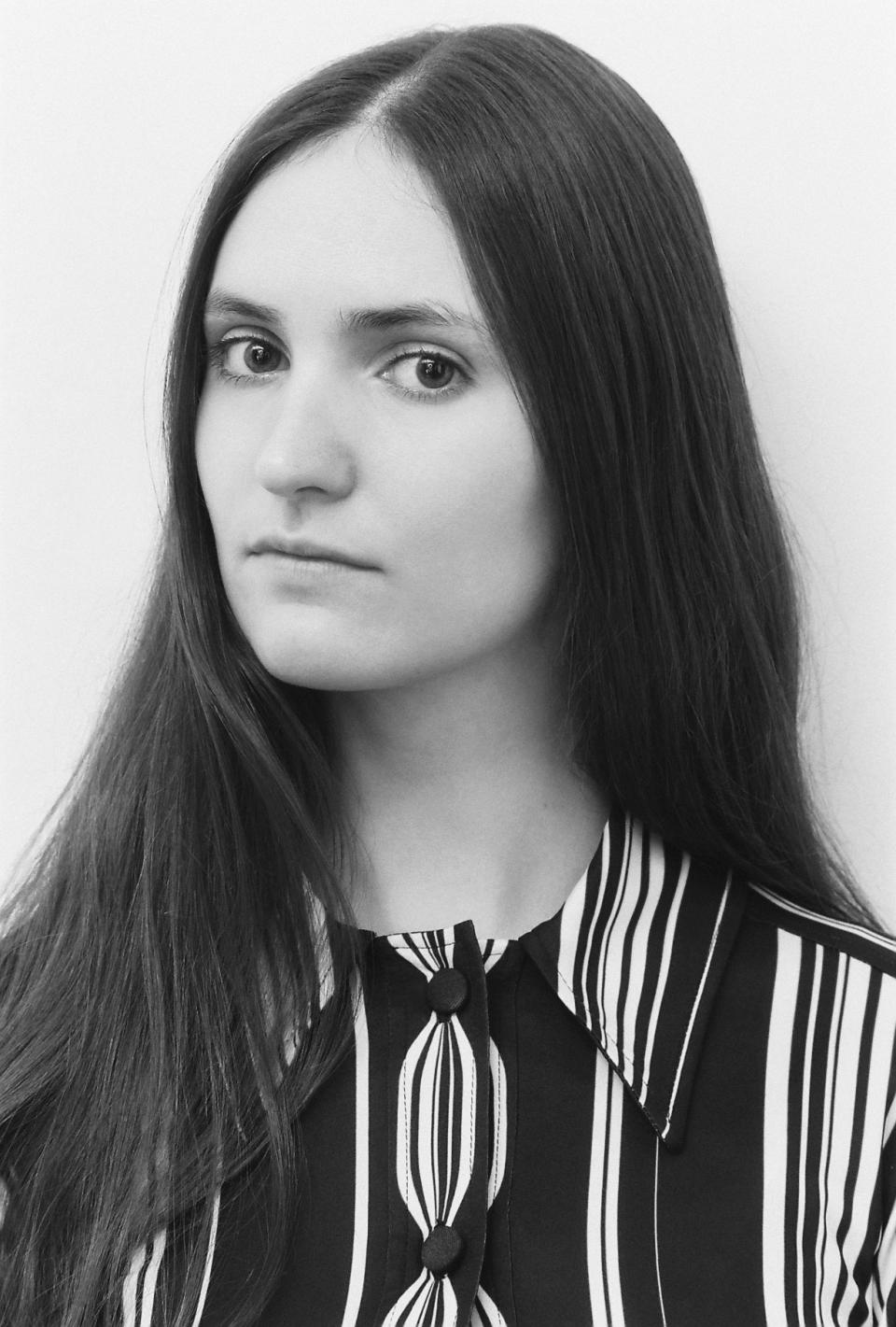
Courtesy of Anne Isabella
More from WWD
Don’t let Anne Isabella’s quasi-psychedelic swirls fool you — Anne Isabella Rasmussen defines her aesthetic as “practical with a certain amount of quirkiness.”
The Berlin-based designer, who is of French and Danish descent, was led to fashion through her interest in art practice. “I loved to draw and didn’t have any sewing background at first. A teacher at school introduced me to fashion illustration and the idea of Central Saint Martins, and I was hooked,” she remembered.
She initially headed to London to enroll in Central Saint Martin’s foundation courses and eventually printmaking. But “the more work we did, the more nerdy I became about garment construction and tailoring,” which led her down the womenswear MA track, she said.
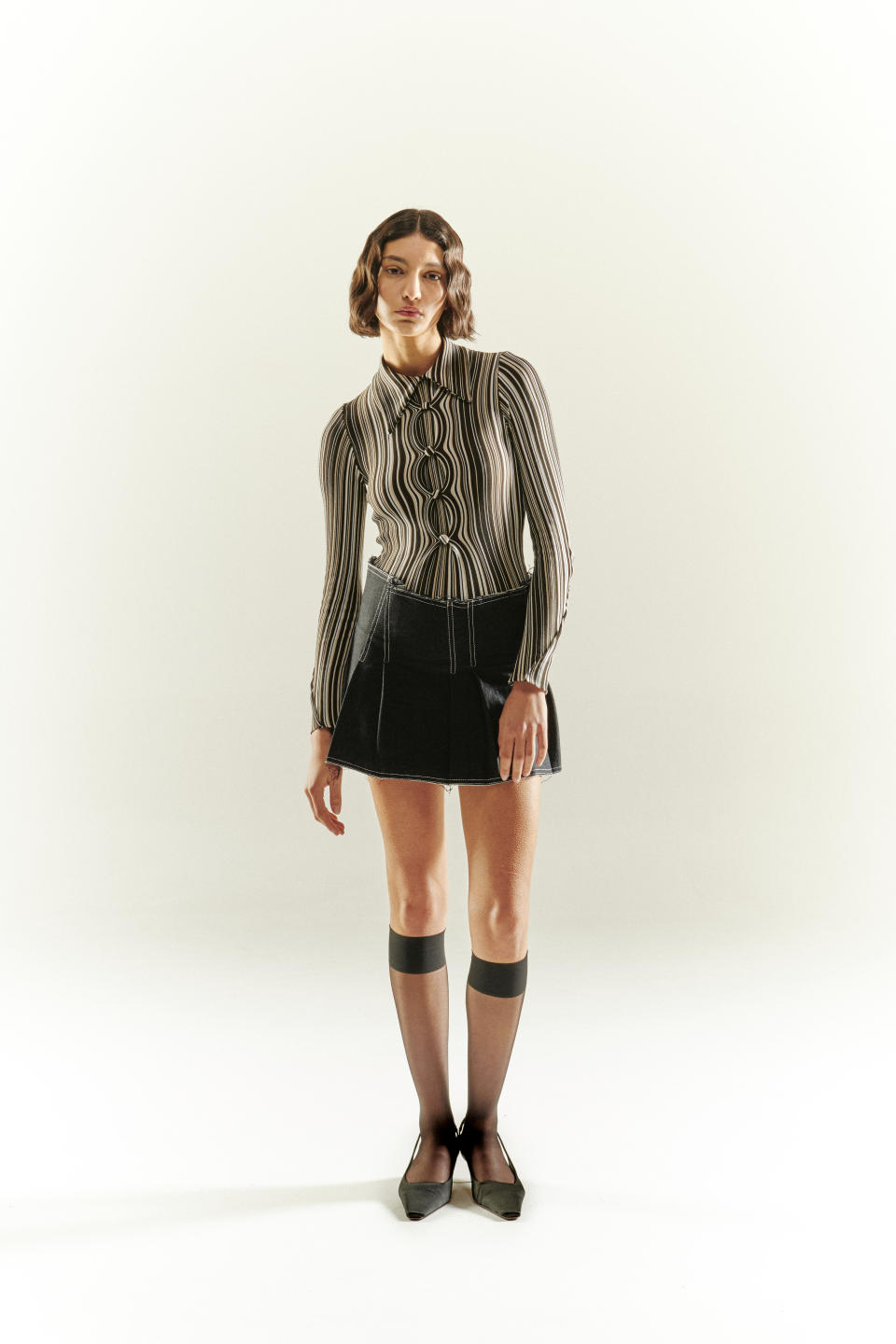
Courtesy of Anne Isabella
After her 2018 graduation, she headed to Paris to work for Courrèges as a designer, a proposal she’d found irresistible. “I got the job in two days and it wasn’t even a question because it’s a brand I really love. I just had to try it out,” she said.
Eventually, her curiosity about having her own label won out. After choosing “Anne Isabella” as the moniker for the label — “my first name is already long enough,” she joked — and registering it weeks before the COVID-19 pandemic hit, she moved to Berlin, where her partner in life and business Max Wagner lived, for what she expected to be a few months.
Although she showed her debut collection for spring 2021 digitally only, Rasmussen doesn’t feel she ended up disadvantaged. “[Digital formats] really leveled the playing field,” she believes. Her graphic aesthetic, nodding to the 1960s and ‘70s — decades she is particularly attracted to — was well received.
“There is a certain optimism [to that era] that I enjoy. Quite a lot happened during those two decades, with a broad range of aesthetics, so there’s always new facets to explore and see how to make them relevant for today, rather than recreate them as a one-to-one copy of that time,” she said.
For fall 2022, her fourth outing, she’ll be exploring the idea of stripes through plays of textures, embroidery or pleating. She is also planning to introduce knitwear.
Now that physical formats have returned, however, she felt she should give showing in Paris a go, complementing the digital reveal slated for Thursday at 11 a.m. on the FHCM’s platform with a physical presentation at Palais de Tokyo. It will also be an opportunity to delve into set design to explore the season’s idea of “raw, polished, old and new,” she said. “It’s a fourth season that feels like a first season all over again.” — Lily Templeton
Lecourt Mansion
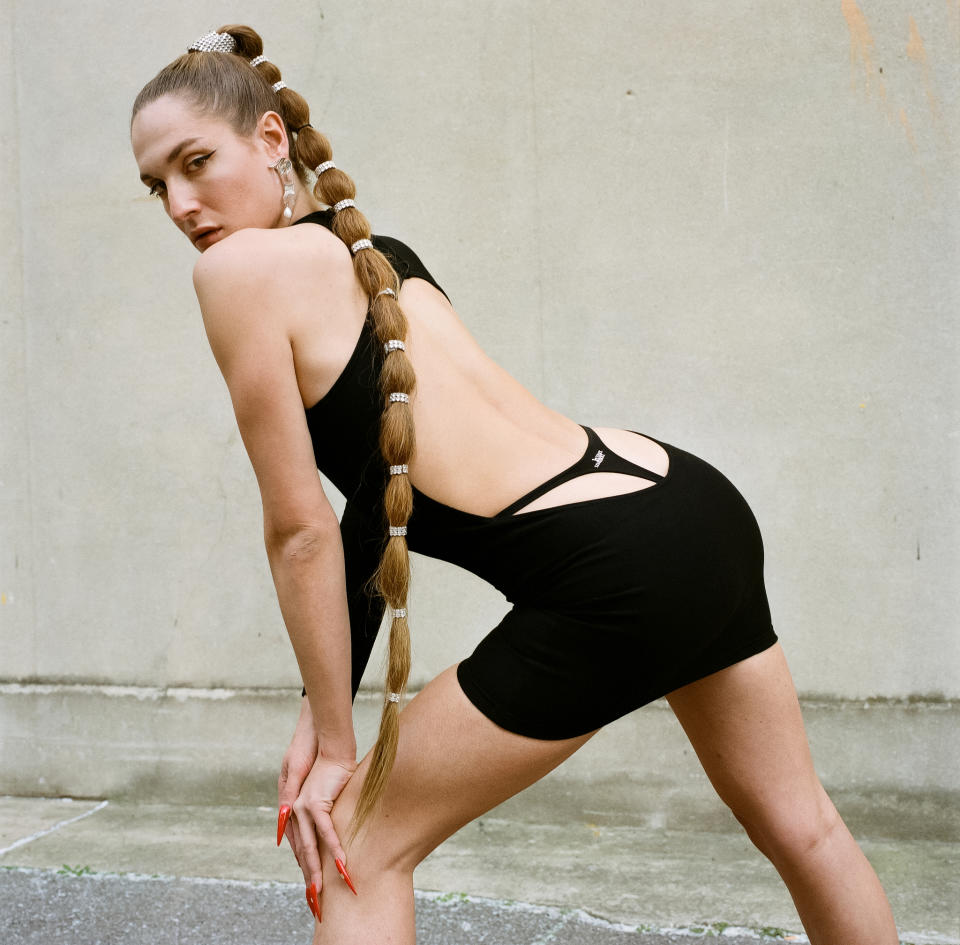
Courtesy of Lecourt Mansion
When Nix Lecourt Mansion won ANDAM’s Creative Label Prize in June 2019, she had high hopes of parlaying the award into a viable fashion business. Then the pandemic hit, and her investments dried up.
The designer, whose Instagram biography describes her as a “6’2” Punk Venus designing shiny clothing for flamboyant people,” scaled back her collections to focus on custom work. Having signed recently with talent agency Studio 112 and as a model on Ford’s roster, she’s ready to return to the runway with a collection called “Revenge Look,” due to be unveiled on Saturday at 4:30 p.m. CET at Garage Amelot.
“It’s the conceptualization of the transformation of a difficult event into a weapon of empowerment,” she said.
The lineup will consist of around 30 looks including women’s, men’s and genderless designs, in sizes 36 to 44, equivalent to U.S. sizes 4 to 12. Lecourt Mansion has recycled outfits and materials from previous collections, and used knotted constructions inspired by shibari, the ancient form of artistic Japanese rope bondage.
The collection will include knitwear designed with Amca Oval, the sustainable brand launched by former Carven designers Alexis Martial and Adrien Caillaudaud. She’s also launching her first handbag, made in collaboration with French brand Cordiz.
Having dressed celebrities including Kendall Jenner, Lady Gaga and Christine and the Queens, Lecourt Mansion is interested in adapting her razor-sharp tailoring, taut corsets and glittery party dresses to different body types.
“I want to be able to master every aspect of couture, and if I design just for model physiques, it’s not very challenging,” she reasoned, citing Azzedine Ala?a as a role model. “The most interesting thing is to dress someone with style and personality.”
A graduate of the Atelier Chardon Savard fashion school in Paris, the 28-year-old designer, formerly known as Nicolas, uses her platform to amplify trans voices, working with a circle of friends that includes model Raya Martigny and Franco Senegalese singer Thee Dian.
But she doesn’t want her sexual identity to define her creations. Instead, she hopes that after four years of developing her brand on her own, and a collaboration last year with Jean Paul Gaultier on a ready-to-wear capsule, she’ll find the financial backing to launch a commercial collection that is both glamorous and wearable.
“My work is sexy, colorful and unapologetic,” she says. “So far, I’ve proved my talent as a designer. I’ve proved I know how to make clothes. Now I want to be prove they are sellable.” — Joelle Diderich
Rui

Courtesy of Rui
Although Dua Lipa looked like she had been spray-painted in Rui Zhou’s intricate, filmy creations when the performer appeared on the cover of Rolling Stone, the Shanghai-based designer was quick to point out this wasn’t quite the whole story.
“At the beginning, people look at Rui pieces as body-conscious, but the aesthetic philosophy is really about exploring the duality in all things — the relationship between matter and being; perfection and imperfections, or skin and clothes,” she said on a call before heading to Paris for the fall 2022 shows.
Her real inspiration comes from day-to-day life — “as unexciting as it seems,” she conceded. She prefers to concentrate on fragmented details or subtle elements, and zooming out to draw attention to them. “That leaves a lot open for the imagination, which is why I don’t like to be too precise in the title I give to my collections,” she said.
Body positivity came “as an added value,” she continued, something she noticed among her Western customers soon after her 2019 launch in New York. “I have this slogan of ‘love what makes you, you’ and most people wear Rui pieces while trying to find their confidence. So making a positive impact — regardless of gender — is really great feedback from my clients.”
Winning the Karl Lagerfeld Prize at the 2021 edition of the LVMH Prize for Young Designers further accelerated development. Her retail base has grown to some 30 stores, spanning sharply curated stores like China-based ENG, Ssense and London’s Machine-A to heavyweights like SKP, Matchesfashion and Selfridges.
For fall 2022, which will be revealed on Saturday at 11:30 a.m. CET, she will continue to explore her ultra-fine knits, but she’ll also be delving into thicker materials. “Because it’s for fall and winter, we need warm pieces,” she quipped, noting it was also an opportunity to work natural fibers, which she loves but couldn’t use for her initial tights-like designs.
Expect wools and cashmere used for jackets and coats, some with padding, but also the addition of new categories like jewelry and hats. “I try to do more categories to make [the brand] look more mature. Maybe I’ll even do home goods in the future,” she teased. — L.T.
Sheltersuit
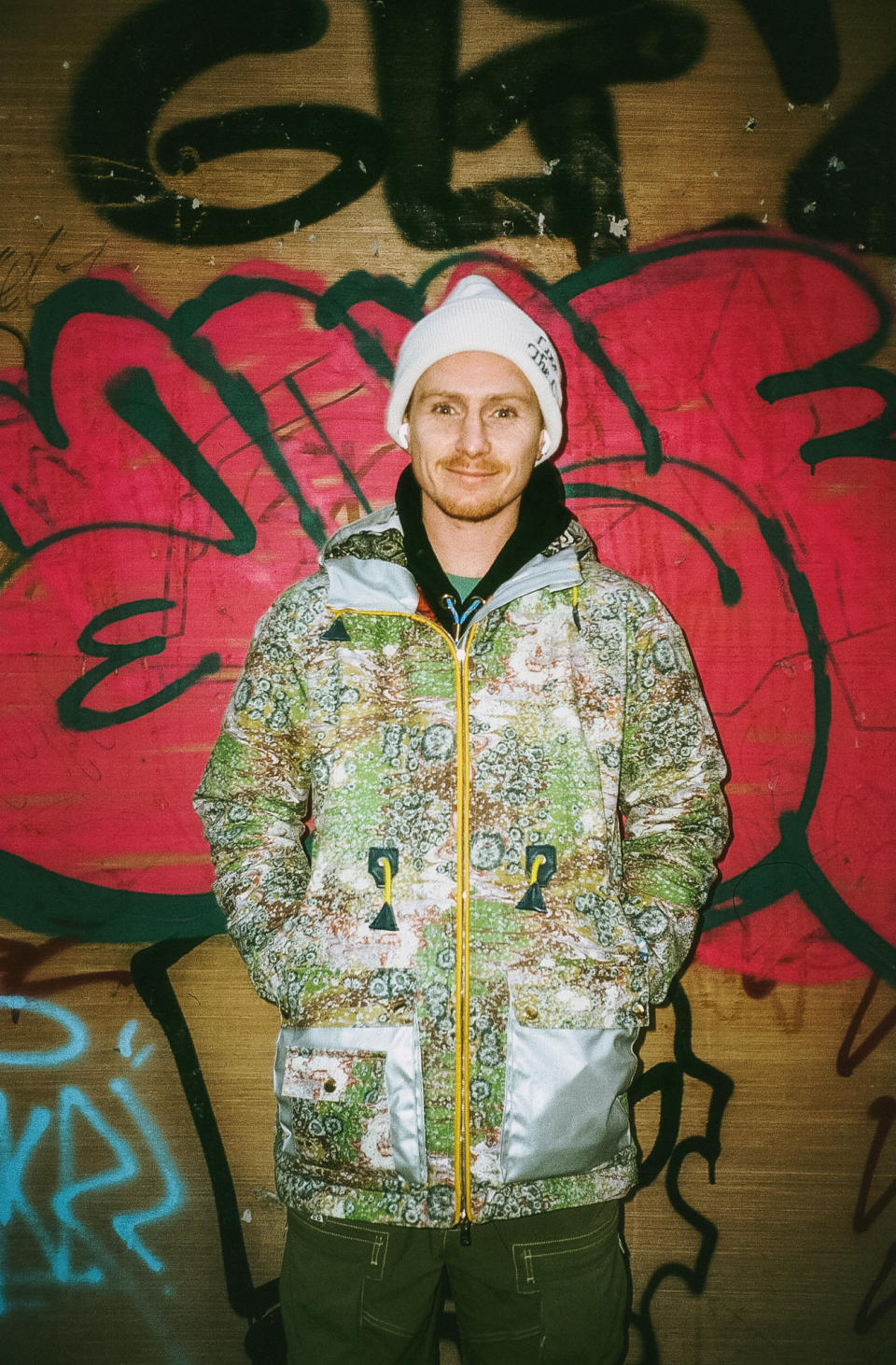
Courtesy of Sheltersuit
After using his skills to create a product that would protect people — inspired by the death of a friend’s father who had become homeless that “took [him] on a long, intense journey of setting up the Sheltersuit Foundation with its factories in the Netherlands, South Africa and, soon, the United States” — Dutch designer Bas Timmer really missed design and fashion.
After getting back into it thanks to Gabriela Hearst, who asked him to design coats for her debut fall 2021 collection at Chloé, he also realized the benefits his own label could bring to his foundation that helps those sleeping rough — and to himself.
“By designing beautiful products that are desirable because of their aesthetic qualities and not just the story behind them, it could really make the foundation more [financially] sustainable, less dependent on goodwill, and personally, have more fun,” he said, describing his delight at having carte blanche in the Chloé studio.
But launching another fashion label — he’d had a line of one-of-a-kind hoodies during his studies — didn’t sound like the right fit. “I always had a bit of doubt. I realized that doing just fashion, just nice stuff, would make me feel empty. I really want to do good as well,” he said. “The conclusion was that it has to be a Sheltersuit brand.”
Cue products rooted in the same principles as the foundation: using upcycled materials — “for beautiful and interesting products”; crafting through social studios to empower “those with a greater distance to the labor market, to be good from the bottom up,” and using the revenue generated to help more people.
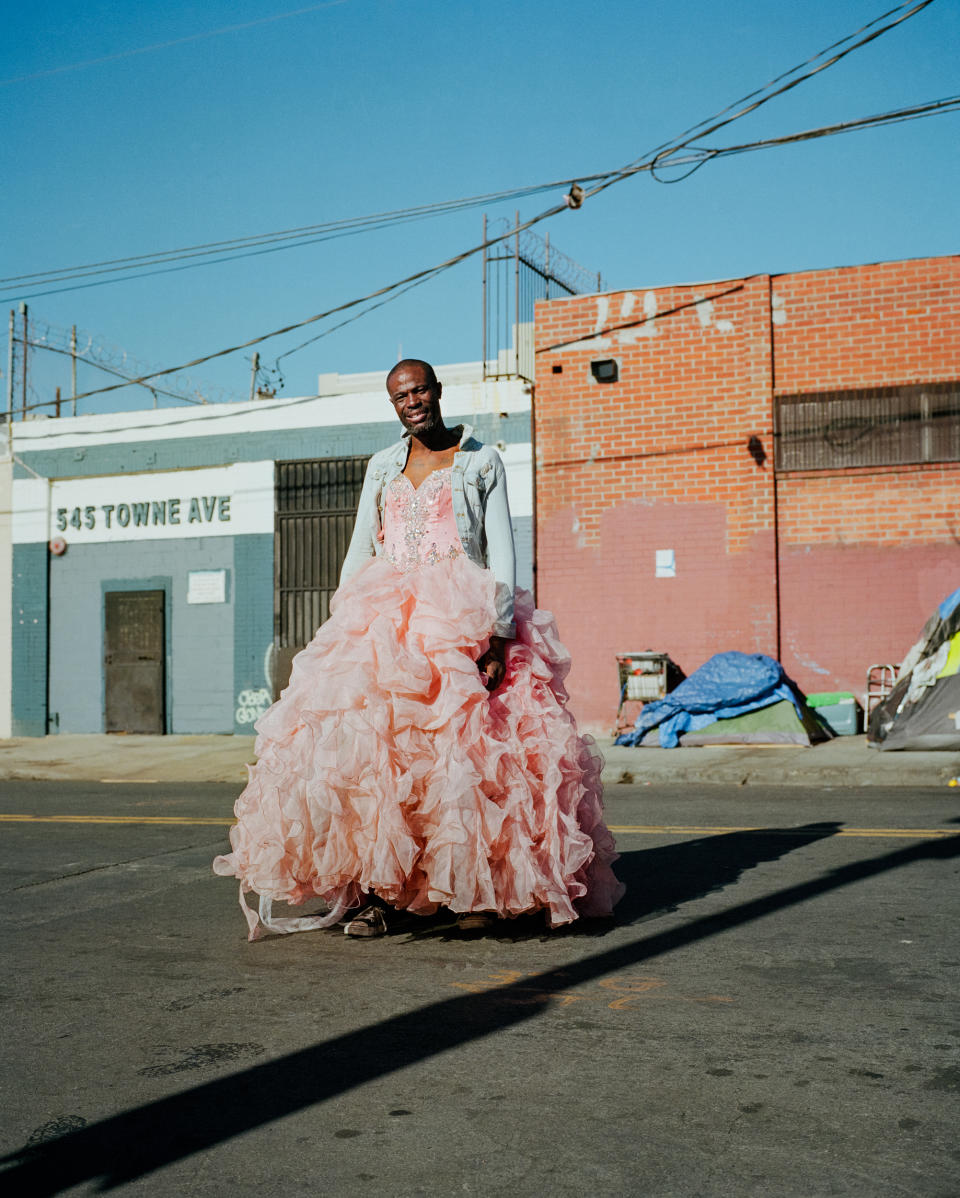
Timmer’s original idea was to create six to nine looks. But after contacting the Fédération de la Haute Couture et de la Mode to enquire about showing during Paris Fashion Week, the project snowballed.
The 21-piece lineup was created in a matter of two months with a little help from friends — including Chloé, which gave Timmer some studio space and materials — mainly inspired by the Sheltersuit’s multifunctionality and comfort. Deadstock makes up for 90 percent of all materials, and recycled fabrics round up the ensemble. Styles will go from colorful and raw showpieces to more classic choices for “those who like to have a bit of funk on the inside.”
Shirts and hoodies will start around 250 euros, while the “scarf hoodie,” one of the first items that set Timmer on his path to multifunctional garments, will be priced at 450 euros. Parkas will retail around 850 euros for short versions and up to 1,200 euros for longer models. The 400 or so bags that will decorate their space in Palais de Tokyo will be donated to homeless people after the Friday presentation.
Beyond selling the range, Timmer also hopes to inspire those who are watching. “If people want who help the foundation, please reach out — we can use help in experience, materials and donations. But I also hope to inspire other brands [to join us or collaborate], because it’s ridiculous that an industry as gigantic as textile and fashion industries is incinerating product while we can’t keep the millions forced to sleep outside warm. Together, we could protect those people,” he said. — L.T.
Sign up for WWD's Newsletter. For the latest news, follow us on Twitter, Facebook, and Instagram.